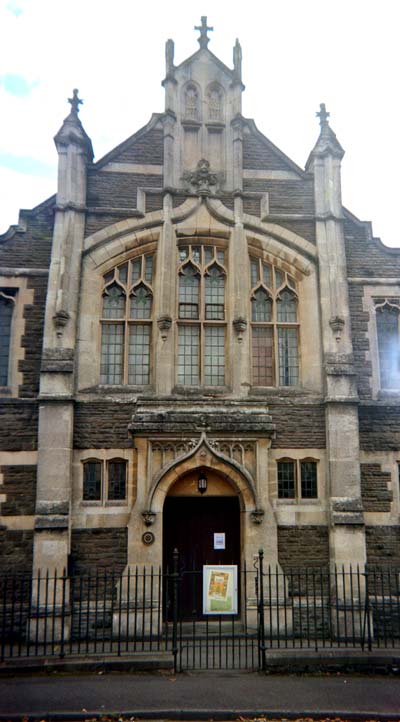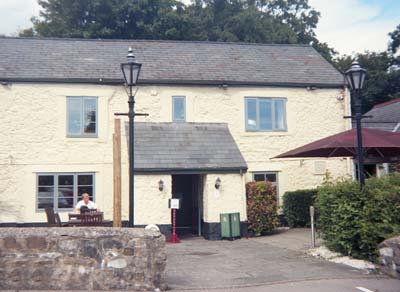Kodak Baby Brownie
Specification

| Manufacturer | : | Kodak |
|---|---|---|
| Produced | : | 1934-1941(US) 1948-1952(UK) |
| Classification | : | Medium Format |
| Body Type | : | Solid Body |
| Construction | : | Bakelite |
| Film Type | : | 127 |
| Film Width | : | 46mm |
| ImageSize | : | 1⅝ x 2½ in |
| No. of Images | : | 8 |
| Lens Type | : | meniscus |
| Focal Length | : | 60mm |
| Focus Type | : | Fixed |
| Focal Range | : | 10ft - inf. |
| Aperture Type | : | Fixed |
| Aperture | : | f/16 |
| Shutter Type | : | Rotary |
| Shutter Speeds | : | T, I*(1/50sec) |
| Size (w x h x d) | : | 78 x 66 x 72 mm |
| Weight | : | 185g |
| * Measured on this camera | ||
Art Deco Credentials
![]()
![]()
![]()
![]()
Significant: Pronounced and self evident
I consider this camera to warrant 4 stars for the following attributes:
- designed during the main Art Deco period
- designed by Walter Dorwin Teague
- curvilinear shape
- Bakelite body with linear raised vertical striped pattern
- aluminium winder and pop-up finder
Description
This camera was designed by Walter Dorwin Teague, a noted industrial design pioneer going back to the 1930's. Teague was responsible for the design of the famous Sparton table radios, a revamp of the Texaco gas station and logo, TWA identity and early Polaroid cameras.
The camera body is made from moulded Bakelite with linear raised vertical striped pattern. It has a folding frame finder. The shutter is operated by the lever under the lens. A brief time button was added above the lens to the US version for export models from 1936 until it was discontinued in 1939.
Kodak UK Limited manufactured this camera from 1948 to 1952 but for export only after World War II. A brief time button was added above the lens to the UK version from 1951 until it was discontinued in 1952.
For those wishing buy one of these cameras to take pictures, please be aware that the Bakelite has become very brittle and many specimens of this camera have broken seals. So look carefully at the seals before purchasing. I had to buy 4 of these on Ebay before I got one with complete seals.
How to Use
Find the manual for this camera here:- Baby Brownie Manual
This camera takes 127 film which is still available from select outlets - search for 'Rera Pan 100-127' which is a black & white film. For those photographers in the UK, try Nick & Trick photographic services. If you want to use a particular type of film which is not available commercially, then you can cut your own 127 film from any 120 film. See my page on 'How to cut 127 film from 120 film'.
If you don't want to bother with an exposure meter, follow the guide shown. It is based on the 'Sunny 16' rule. Film is so forgiving and will produce acceptable results even when overexposed by 2 or 3 stops or underexposed by 1 stop.
Remember that the exposure guide in the camera user manual may not be helpful as it is based on the use of old film with a low ISO value.
The table assumes that the sun is at least 30 degrees above the horizon - that's 10am - 5pm on a summer's day in the UK.
This camera has an aperture of f/16 and a shutter speed is 1/50s.
As the shutter speed is only 1/50s, it is advisable to try to hold the camera against a wall or other solid object. For quick snapshots, hold it firmly against your face.
Using ISO 100/125 film - shutter speed 1/50s
| Weather Conditions | Shadow Detail | Aperture | Exposure |
|---|---|---|---|
 Sunny SunnySnow/Sand | Dark with sharp edges | f/16 | +2 Stop Overexposed Acceptable |
 Sunny Sunny | Distinct | f/16 | +1 Stop Overexposed Acceptable |
 Slight Overcast Slight Overcast | Soft around edges | f/16 | Good |
 Overcast Overcast | Barely visible | f/16 | -1 Stop Underexposed Acceptable |
 Heavy Overcast Heavy Overcast | None | f/16 | -2 Stop Underexposed Unacceptable |
 Open Shade Open Shade/Sunset | None | f/16 | -3 Stop Underexposed Unacceptable |
Photographs taken with this Camera
Using Kodak Portra 160 120 film cut down to 127. Developed in Tetenal.



